Text


In the 1970s, bald eagles were in danger of extinction due to habitat destruction, poaching and poisoning by the now-banned pesticide DDT. When they ate fish contaminated with DDT, the chemical made the shells of bald eagle eggs vulnerable to fragmentation. The United States Congress decided to ban the use of this dangerous pesticide and included the bald eagle in the Endangered Species Protection Act of 1973.

1 note
·
View note
Text
What scientific fact rocked your world?

In chemistry class, we learned about 'Skatole' from poop. At high concentrations, it's foul, but at low levels, it smells like jasmine, used in perfumes and food flavoring. Skatole, scientifically known as 3-methylindole, is a white crystalline substance with the odor of animal feces, naturally present in feces. At high concentrations, it's repulsive, but at lower levels, it resembles the scent of jasmine, highly sought after in the fragrance industry. When extremely diluted, it produces fruity aromas, referred to as 'flavorings.' Widely used in butter, cheese, meats, seafood, fruits, beer, wine, whiskey, chocolate, and coffee. Whether Skatole or other food flavorings and additives, as long as they are from reputable brands and comply with national regulations, they pose no harm to human health.
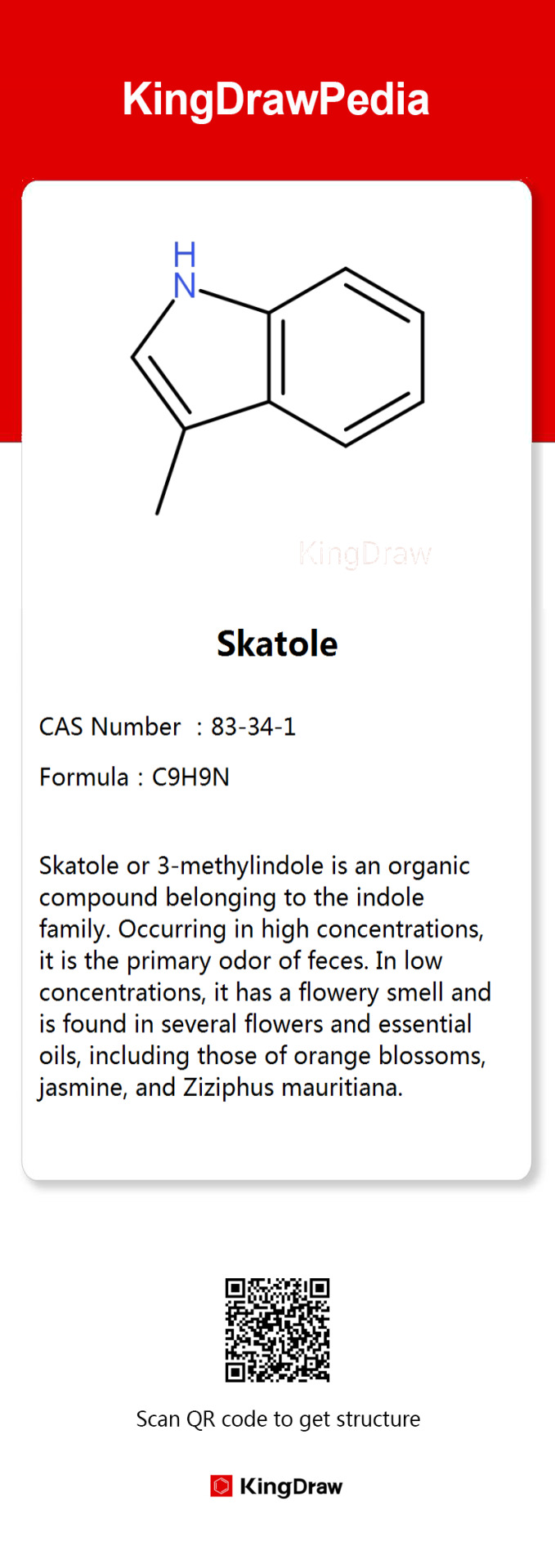
1 note
·
View note
Text
Chemistry behind your lipstick


The cochineal, also known as Dactylopius coccus, is a scale insect native to the Americas. The female cochineal lacks wings and primarily parasitizes on cacti leaves, feeding on plant juices. Due to its high concentration of "carminic acid" internally, the female cochineal is used to produce a natural red dye called "carmine." In an era before synthetic dyes, this was the reddest dye produced by nature.

As early as the 2nd century BCE, Mayans and Aztecs in the Americas began using this dye. Approximately 70,000 cochineal insects are needed to produce one pound (about 454 g) of dye, making carmine extremely precious. In the 16th century, following Columbus's discovery of the Americas, carmine became an important trade commodity exported to Europe. This vibrant red color replaced the popular purple dyes of the time, symbolizing power and status. Carmine's safety profile has ensured its continued use, primarily as a coloring agent in food and lipstick today.

3 notes
·
View notes
Text
Chemistry behind Tyrian purple
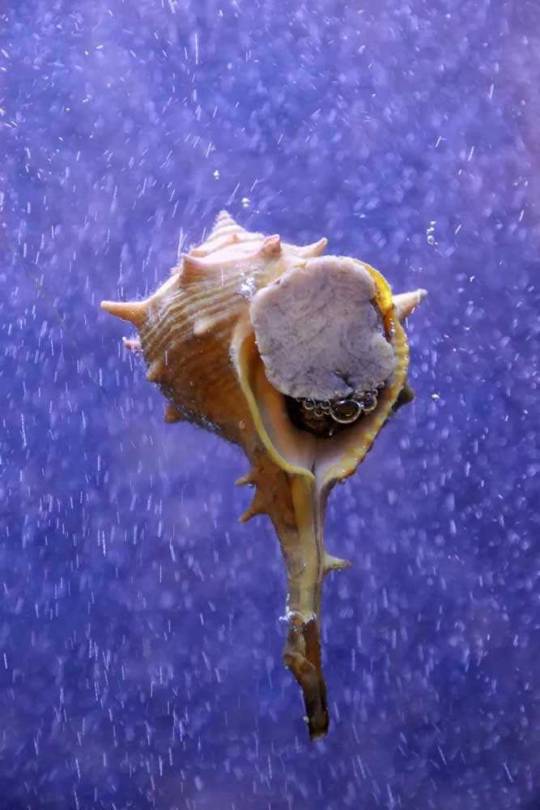

Tyrian purple, also known as Tyre purple or Royal purple, is a reddish-purple natural dye extracted from certain species of sea snails in the Muricidae family. These snails secrete a yellow defensive mucus when stimulated, which gradually turns purple through complex chemical reactions after exposure to light. As early as around 1600 BC, the ancient Phoenicians in the eastern Mediterranean began using this dye.
Tyrian purple has strong coloring power, and the dyed fabric fades from purple to red and then to pink over time, appearing even more vibrant. However, the extraction and production process of Tyrian purple is labor-intensive. It takes about 12,000 dye-producing snails to produce 1.4 grams of pure dye, barely enough to dye a single garment edge, making Tyrian purple extremely precious at the time. Around 1000 BC, Tyrian purple was exported to Rome and other regions, and only the privileged class could wear this color. Through modern technological analysis, "6,6'-Dibromoindigo" has been identified as the primary coloring component in Tyrian purple.

11 notes
·
View notes
Text

Thank you @aguaa-fresca and everyone who got me to 1000 reblogs!
Chemical Secret behind Coffee

Coffee☕️ contains cafestol and kahweol, which raise triglyceride and cholesterol levels. Despite this, coffee's antioxidants offer cardiovascular benefits. Moderation, especially with espresso, is advised. Opting for pour-over coffee can help balance intake.
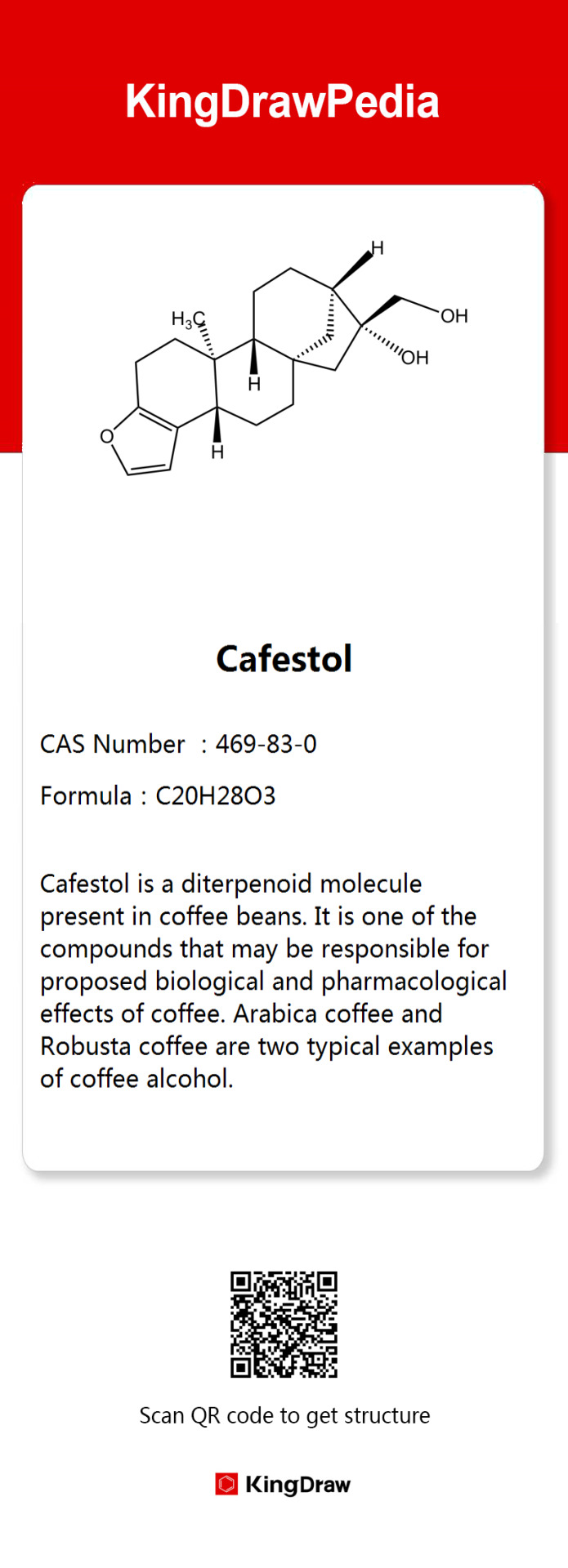

9 notes
·
View notes
Text
Why Does Coffee Cause Teeth Staining?

Coffee contains a substance called tannic acid, which is dark brown. When tannic acid remains on the teeth for a long time, it gradually penetrates into the interior of the teeth, causing discoloration. Staining is also due to tannic acid, which deposits on the teeth' surface.
Don't worry, with a little attention while drinking coffee, tooth staining can be effectively avoided.
Gulp coffee down. Try not to sip slowly for a long time; the longer the contact between coffee and teeth, the easier staining occurs.
Use a straw. Use a straw to reduce contact between coffee and teeth if the temperature allows.
Chew gum to stimulate saliva production, neutralizing the tannic acid in coffee.
Develop the habit of rinsing and brushing your teeth regularly. After drinking coffee, rinse your mouth as much as possible before brushing your teeth (don't brush immediately, as the acidic substances in coffee can corrode teeth, leading to surface wear if brushed too soon)
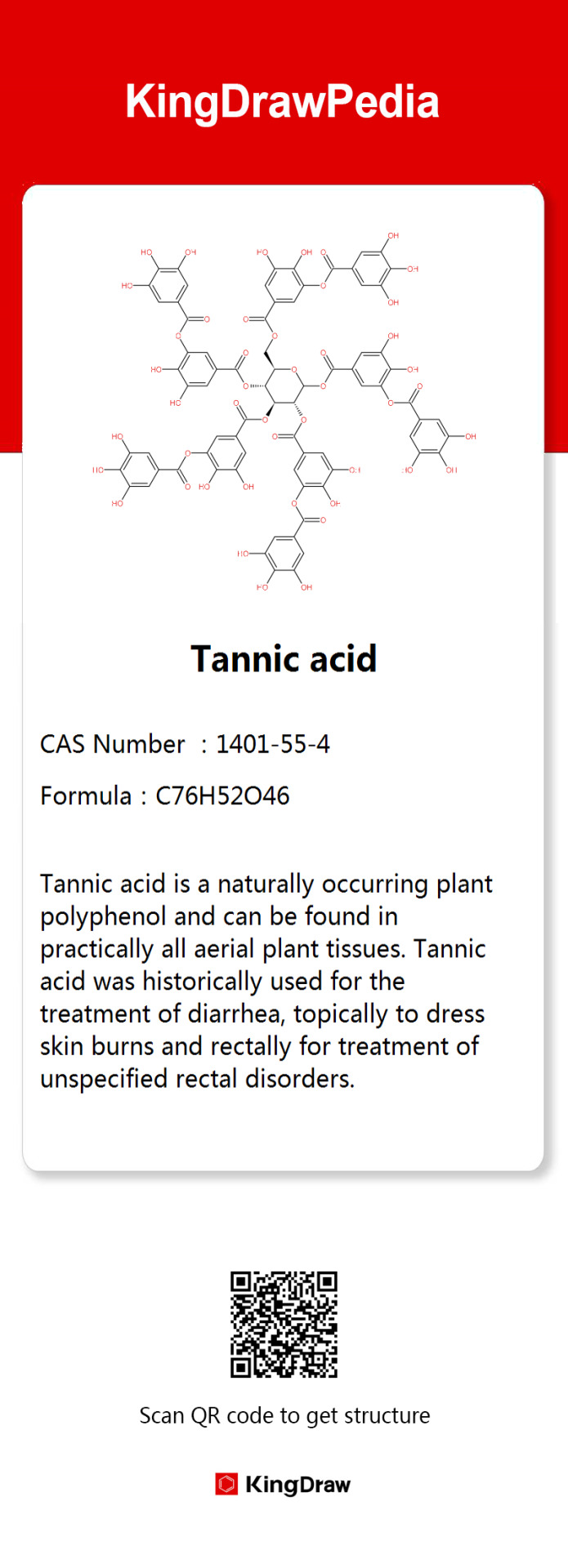
0 notes
Text
Chemical Secret behind Coffee

Coffee☕️ contains cafestol and kahweol, which raise triglyceride and cholesterol levels. Despite this, coffee's antioxidants offer cardiovascular benefits. Moderation, especially with espresso, is advised. Opting for pour-over coffee can help balance intake.


9 notes
·
View notes
Text
Chemistry behind Cashew
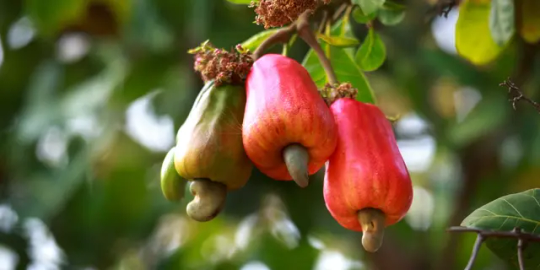
Have you seen an unharvested cashew? It features a fleshy pseudofruit resembling a pear or top. But beware! Cashews, from the Anacardium occidentale plant, contain urushiol, an allergen causing skin reactions. Mangoes, also belonging to the Anacardiaceae family, contain urushiol.
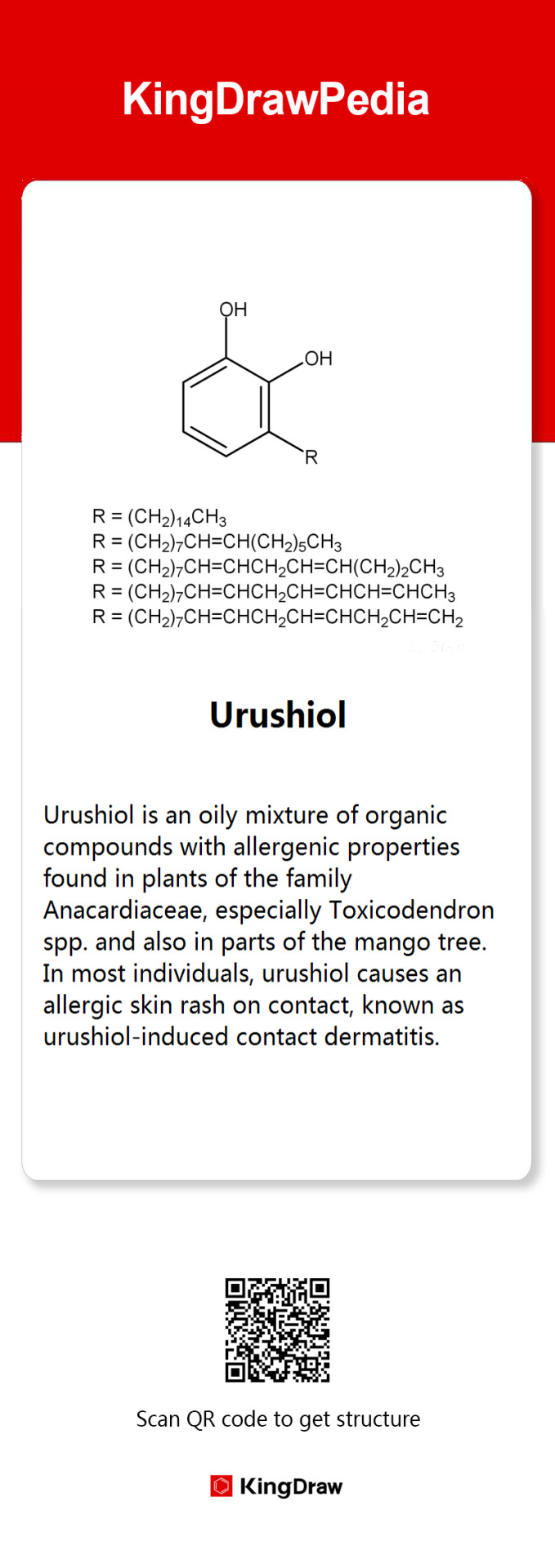
3 notes
·
View notes
Text
Chemistry behind weight-loss drug
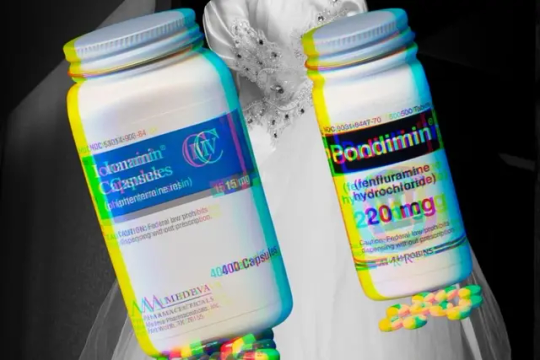
Fen-Phen, a combination of fenfluramine and phentermine, was popular despite severe side effects. Investigations uncovered its link to heart valve disease and pulmonary hypertension. Lawsuits followed, leading to Fen-Phen's withdrawal and hefty legal settlements.

0 notes
Text
Xylitol and Doggy Health

Xylitol, a five-carbon sugar alcohol, is a natural sweetener extracted from birch, oak, corncob, bagasse, and other plant raw materials. Its sweetness is comparable to sucrose, but the calories are only 60% of the same weight of sucrose, and the entrance has a cool feeling, does not cause dental caries, and almost does not affect blood sugar, is an ideal substitute for sucrose, often used in chewing gum, toothpaste, mouthwash, candy and so on. However, sugar alcohol sweeteners have a common problem - they can cause diarrhea, and when more than 0.5 g xylitol per kilogram of body weight is consumed, it may have a laxative effect.
Xylitol has a strong insulin-releasing effect in some animals (dogs, cattle, sheep, rabbits, etc.) and may cause hypoglycemia. In addition, it can cause serious liver damage and blood clotting disorders, especially in dogs. Dogs can sense sweetness in the same way as humans, and may accidentally eat candy and snacks containing xylitol, and ingesting more than 3 to 4 grams of xylitol per kilogram of body weight may be life-threatening. Students who have pet dogs at home must pay attention to ~ (cats can eat xylitol).

10 notes
·
View notes
Text
Exploring the Ancient Art of Cuttlefish Ink Writing 🦑🖋️


Can cuttlefish ink be used as ink for writing? Of course!
Sepia (color) is extracted from the ink sacs of cuttlefish Sepia, producing a red-brown dye. Its primary component is "Eumelanin," a melanin pigment. This natural ink has been used for writing since ancient Greek and Roman civilizations, spanning thousands of years. Even in the 19th century, squid ink was widely used as a dye for paintings.

Leonardo da Vinci even used it for his design sketches~ However, due to its tendency to fade and unpleasant odor, squid ink gradually gave way to other emerging pigments.

#marie cuttlefish#ink drawing#ink art#did u know#da vinci#leonardo da vinci#color#molecule#dailychem#chemblr#stemblr#organicchemistry#stem student
2 notes
·
View notes
Text
Chemistry behind Inferno Spiciest Plant

Euphorbia resinifera, touted as the world's spiciest plant, owes its fiery reputation to resin toxin Resiniferatoxin (RTX). Found in Morocco's Euphorbia resinifera and Nigeria's Euphorbia poissonii. Estimated 500-1000 times hotter than capsaicin.
Mexican ghost pepper's Scoville Scale ranges from 350,000 to 580,000 Scoville units, while RTX can reach 8-16 billion Scoville units. Small amounts of RTX can cause chemical burns, and ingesting 10 g can cause serious damage to health, even fatal.

#spicy food#plant blog#chemblr#chemicals#molecule#organicchemistry#chemistry#dailychem#kingdraw#did u know#amazing facts#interesting stuff
1 note
·
View note
Text
The chemistry behind Super Sweetness

Neotame is the sweetest synthetic sweetener to date, 8000 times sweeter than sucrose, and considered the safest. It closely mimics the taste of sugar. Derived from aspartame, it boasts improved heat stability and sweetness.

2 notes
·
View notes
Text
Dailycompound, Lovastatin

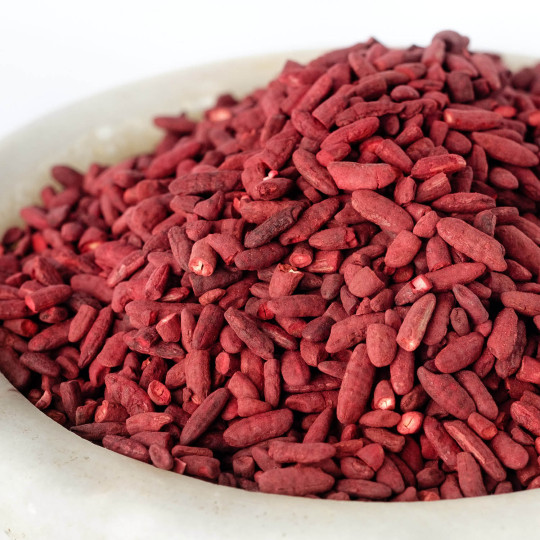
Why does Red Yeast Rice have a lipid-lowering effect? In 1979, Professor Endo Akira of Japan isolated an active chemical "Monacolin K" from Monascus purpureus. Around the same time, Merck Sharp & Dohme, MSD scientists also isolated the compound "Mevinolin" from Aspergillus terreus. The study found that the two teams found the same substance. This HMG-CoA reductase inhibitor has a significant lipid-lowering effect, which is also one of the main active ingredients of monasqu's lipid-lowering effect.
Later, Merck developed the lipid-lowering drug "Lovastatin" and in 1987, it was approved for medical use, the first statin on the market. Lovastatin has few side effects, common side effects include constipation, diarrhea, muscle pain and weakness, etc., but in serious cases, it may cause adverse effects on the musculoskeletal system and liver, and may also lead to birth defects (such as bone malformations, learning disabilities). Pregnant women, breastfeeding women, and patients with liver disease should be cautious about taking monosaccharide health products.

#merck#lovastatin#Red Yeast Rice#red rice#chemblr#organic chemicals#molecule#chemistry#medicine#compound#kingdraw#did u know#japan#side effects
0 notes
Text
The Tishchenko Reaction


The Tishchenko reaction is an organic chemical reaction that involves the disproportionation of an aldehyde in the presence of an alkoxide. The reaction is named after Russian organic chemist Vyacheslav Tishchenko, who discovered that aluminum alkoxides are effective catalysts for the reaction.

#chemical reaction#chemistry#chemblr#stemblog#stem studyblr#stemeducation#kingdraw#did u know#study with me
3 notes
·
View notes
Text
Alert: Puberuic Acid Discovery in Red Yeast Rice Supplements

On March 28th, Kobayashi Pharmaceutical reported to Japan's Ministry of Health, Labour, and Welfare that an "unexpected" substance, Puberuic acid, was found in a problematic batch of red yeast rice supplements, possibly contaminated at the Osaka factory. Puberuic acid, a natural compound produced by Penicillium molds, is poorly researched but shows promising anti-malarial properties alongside potential toxicity.
A study in 2017 revealed mortality in mice following subcutaneous injections of 5 mg/kg of Puberuic acid, raising concerns about its presence in products and its potential link to kidney damage in consumers, currently under investigation.

#japan#Kobayashi Pharmaceutical#pharmacy#public health#health and wellness#Puberuic acid#acid#chemistry#molecule#organicchemistry#amazing facts#chemblr#stemblr#uniblr
2 notes
·
View notes
Text
Chemistry behind Green Rice Ball,
Taste the Flavor of Spring

Qingtuan (Green rice balls) is a seasonal delicacy eaten during Qingming Festival, Cold Food Festival, and Ghost Festival in southern China. Made from glutinous rice mixed with wormwood juice, it features a green outer layer filled with sweet or savory fillings and steamed. The tradition dates back to the Zhou Dynasty, evolving from the practice of eating "qingjing rice" during the Cold Food Festival. Over time, the custom shifted to Qingming Festival, merging the two festivals. The distinctive aroma of qingtuan comes from wormwood, an Asian plant known for its strong fragrance, including compounds like α-thujene, eucalyptol, and camphor.
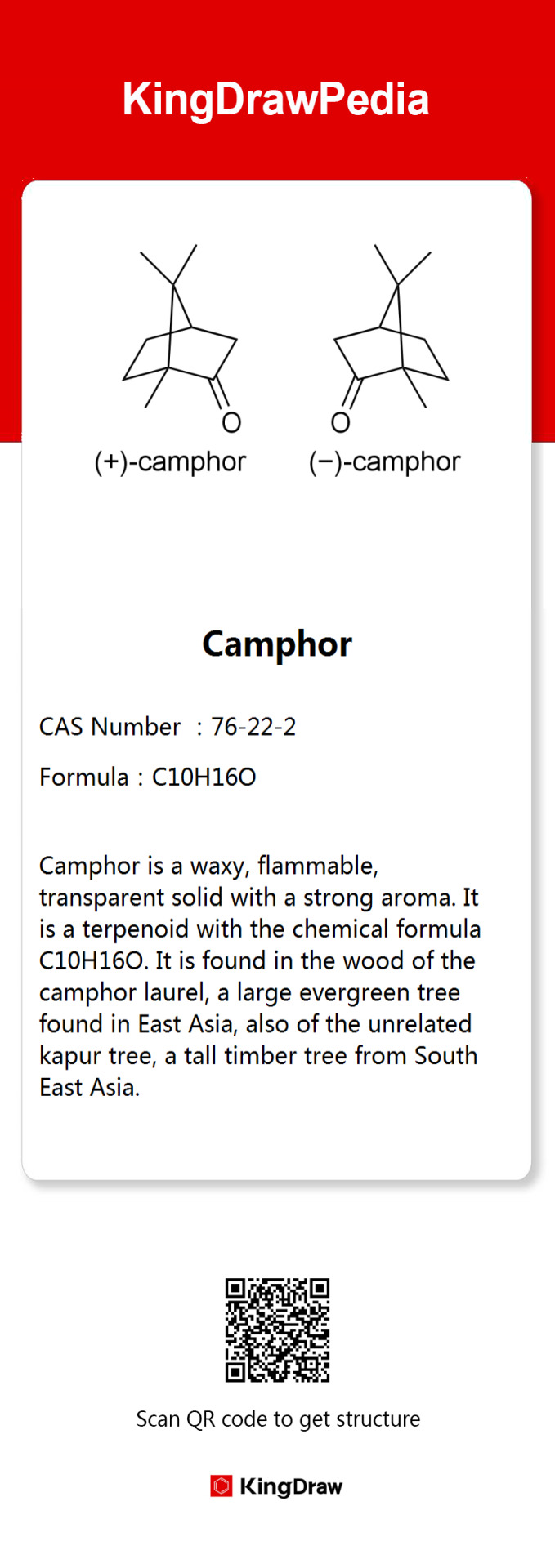

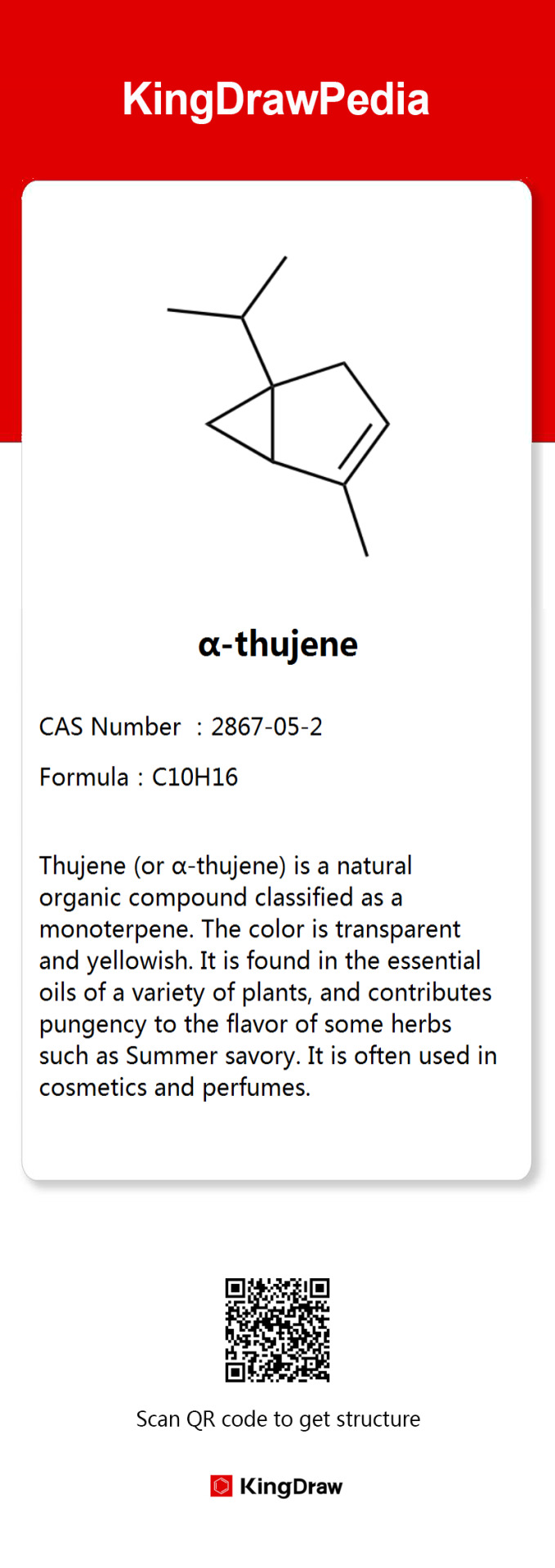
#chinese festival#qingming#rice balls#wormwood#chemblr#stemblr#molecule#uni studyblr#chinese food#china
4 notes
·
View notes